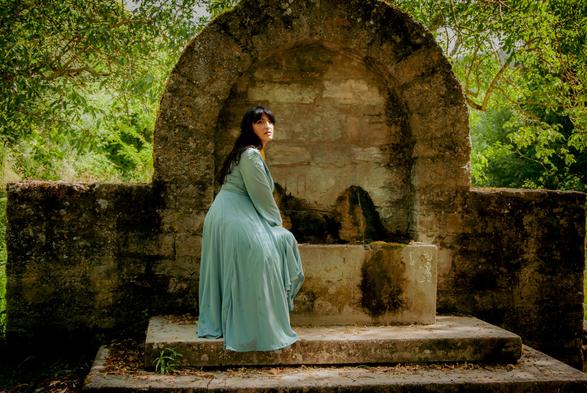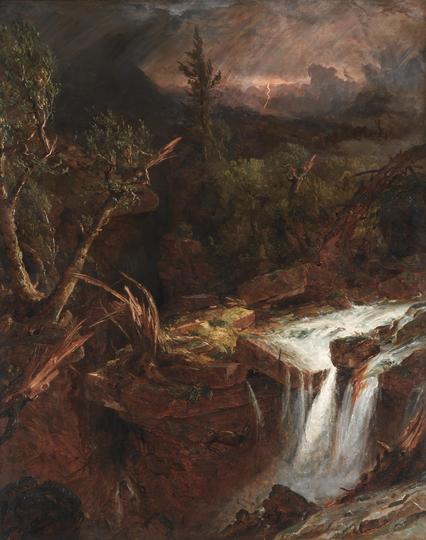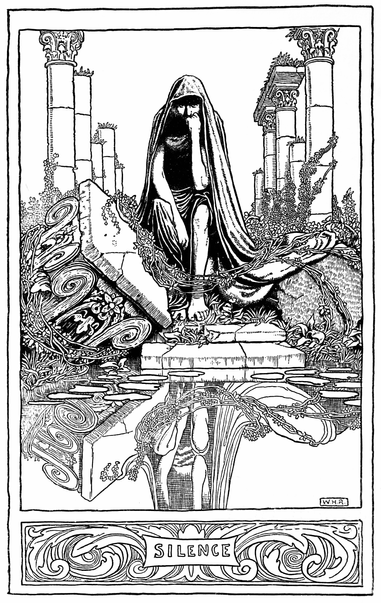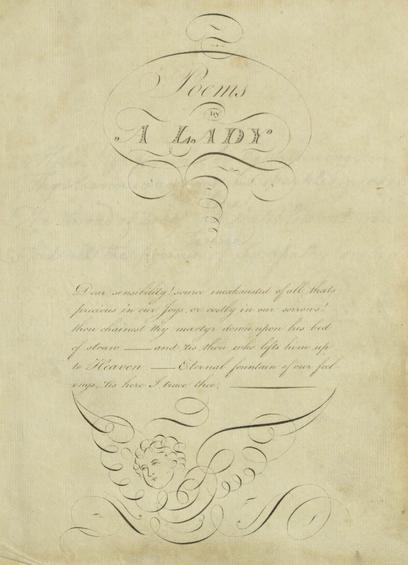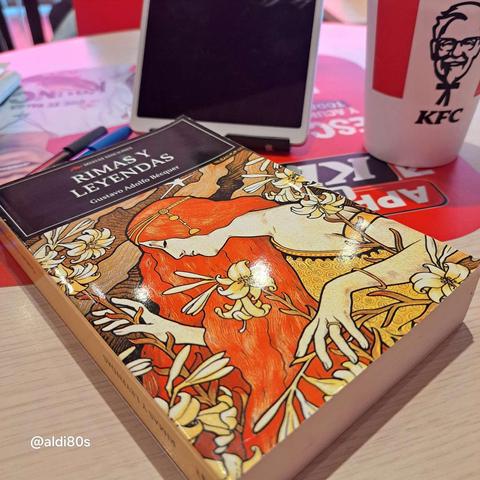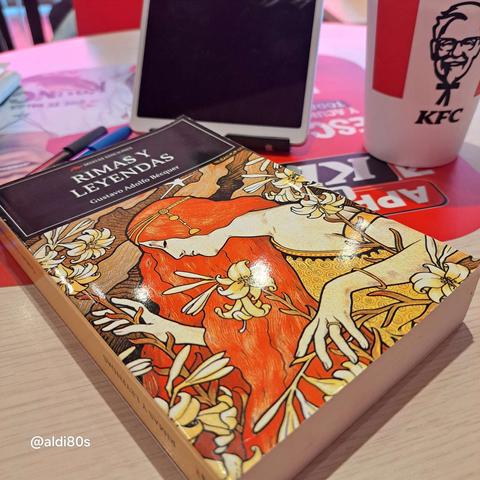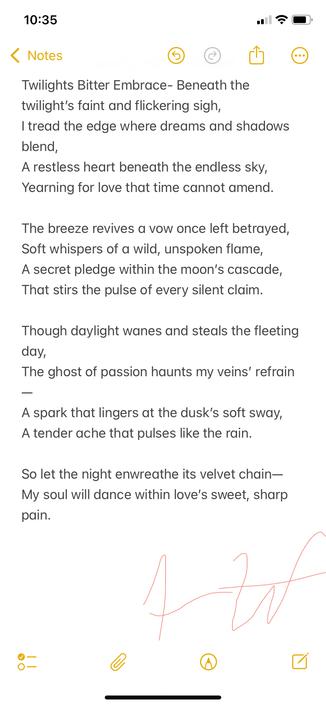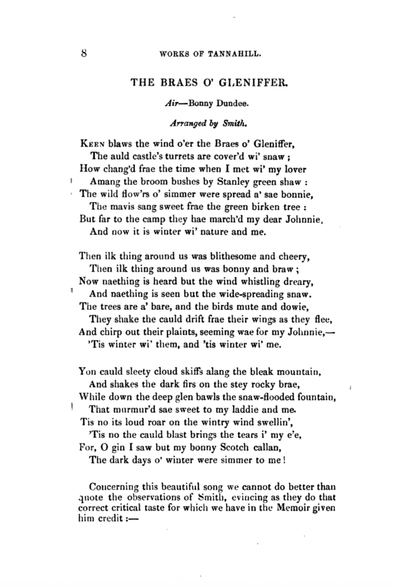“El hada de las aguas, guardiana del espejismo, tiene en su mano todos los pájaros del cielo. Un charco contiene un universo. Un instante de sueño contiene un alma entera.” G. Bachelard #photography #preraphaelites #romanticism #pictorialism #selfportrait #myth
#Romanticism
The Annunciation, Dante Gabriel Rossetti (1849 - 1850), https://etidiohnew.blogspot.com/2025/06/the-annunciation-dante-gabriel-rossetti.html
Cropsey's "The Clove" captures the fierce beauty of the Catskills, where man stands powerless against nature's might. The dramatic storm amplifies a sense of urgency and awe. How do you interpret the struggle between humanity and the wilderness?
#Art #Nature #Romanticism
https://clevelandart.org/art/1946.494
« Silence », 1900
by William Heath Robinson (British Illustrator, 1872-1944)
Illustration for "The Poems of Edgar Allan Poe”, George Bell & Sons, London, 1900
#vintagefantasyart #fantasyart #fantasyillustration #WilliamHeathRobinson #EdgarAllanPoe #artnouveau #romanticism #gothicillustration
‘Transatlanticism and “Natural Sympathy” in Christian Isobel Johnstone’s CLAN-ALBIN: A National Tale (1815)’
Jennifer Marie Van Vliet, International Review of Scottish Studies 37 (2012)
2/4
#Scottish #literature #womenwriters #18thcentury #19thcentury #romanticism
Christian Isobel Johnstone (1781–1857) – novelist, journalist, & editor – was born #OTD, 12 June.
Johnstone was editor for more than a decade of Tait’s Edinburgh Magazine, a journal famous for its vigorous liberal viewpoints & incisive literary reviews, & wrote some of the most remarkable Scottish novels of the #Romantic era.
1/4
https://www.scottishwomenwritersontheweb.net/writers-a-to-z/christian-isobel-johnstone
#Scottish #literature #womenwriters #18thcentury #19thcentury #romanticism
The #RomanticPeriodPoetryArchive is open-access and encourages collaboration. All contributions to the platform are individually acknowledged as micro-publications. #RPPA facilitates flexible textual and image/audio/video annotations. www.romanticperiodpoetry.org #Romanticism #DH
The #RomanticPeriodPoetryArchive is open-access and encourages collaboration. All contributions to the platform are individually acknowledged as micro-publications. #RPPA facilitates flexible textual and image/audio/video annotations.
“By astutely situating Craik’s poems within the wider framework of her entire œuvre, and implicitly guiding readers of this edition to do the same, POEMS BY A LADY points to and invites a very promising range of critical approaches”
—POEMS BY A LADY, reviewed in the Burns Chronicle by Cleo O’Callaghan Yeoman
6/6
https://www.euppublishing.com/doi/full/10.3366/burns.2024.0121?role=tab
#Scottish #literature #18thcentury #romanticism #poetry #Gothic #WomenWriters
“My interest was sparked by the circumstances – the discovery of a manuscript that had long been thought lost. Add to that the very questionable rumours surrounding Craik’s abrupt departure from Arbigland, and you’ve got yourself a plot that seems to jump out of the pages of academic fiction.”
—Rachel Mann & Patrick Scott discuss their co-edited edition of Helen Craik’s POEMS BY A LADY
5/6
https://www.bars.ac.uk/blog/?p=4847
#Scottish #literature #18thcentury #romanticism #poetry #Gothic #WomenWriters
In 2023 we published Helen Craik’s POEMS BY A LADY, edited from the Beinecke manuscript. With full notes on each poem, & additional source material, this volume adds significantly to Craik scholarship & to the critical reassessment of poetry by Scottish women in the Romantic era
4/6
https://asls.org.uk/publications/books/volumes/poems-by-a-lady/
#Scottish #literature #18thcentury #romanticism #poetry #Gothic #WomenWriters
Prof Scott & his colleague Dr Rachel Mann edited the manuscript. Helen Craik’s poetry demonstrates the breadth & talent of women writers, many of whom are lost in the archives: “She’s remarkable, but Craik also isn’t that different from her peers at that time. There were a lot of women just like her who were working in manuscript,” Mann says
3/6
https://www.sc.edu/study/colleges_schools/artsandsciences/about/news/2023/helen_craik.php
#Scottish #literature #18thcentury #romanticism #poetry #Gothic #WomenWriters
Helen Craik’s manuscript, “Poems by a Lady”, was recently rediscovered in the Beinecke Library at Yale, by Burns scholar Prof Patrick Scott. The Library has now digitised the manuscript & made it available online
2/6
https://collections.library.yale.edu/catalog/31902102
#Scottish #literature #18thcentury #romanticism #poetry #Gothic #WomenWriters #RobertBurns
Helen Craik (1751–1825), Gothic novelist & friend of Robert Burns, died 200 years ago #OTD, 11 June. Craik published 5 novels but no poetry. In 1919, excerpts of her poems appeared in a newspaper, but the source – a notebook Craik presented to a family friend – disappeared…
1/6
#Scottish #literature #18thcentury #romanticism #poetry #Gothic #WomenWriters #manuscripts
I'm loving the book "Rhymes & Legends" by Gustavo Adolfo Bécquer (Spain, 1836-1870).
I'm not really into poetry, but I learn a lot about it from his works.
I'm sure I'll devour all 400 pages in a few days!
#Books #BooksReading #Reader #1800s #Spain #Poems #Romanticism
I'm loving the book "Rhymes & Legends" by Gustavo Adolfo Bécquer (Spain, 1836-1870).
I'm not really into poetry, but I learn a lot about it from his works.
I'm sure I'll devour all 400 pages in a few days!
#Books #BooksReading #Reader #1800s #Spain #Poems #Romanticism
For #PrideMonth, I’m honoring Lord Byron—the tempestuous bard of passion, rebellion, and dark romance, whose legacy defied convention and celebrated love in all its forms. Here are some Byron-inspired poems I crafted in tribute. 💙🌈 #blueskypoets #pride #Byron #romanticism #poems
Orchestre de Paris 🇫🇷 / Klaus Mäkelä
Berlioz / Ravel (2025)
#ClassicalMusic #Romanticism #Impressionism
https://open.spotify.com/intl-de/album/0cFFCifhDKhm0cLvOt64M5?si=VqkhhungTPuYma8R6dj4MQ
Celebrating Robert Tannahill (2024)
Dissenting from prevailing notions that label Tannahill as “sweetly sentimental”, Prof Fred Freeman’s lecture positions him as a major poet who expanded the tradition of British “rationalist” pastoralism
3/3
https://www.youtube.com/watch?v=Tw2mnuTvcic
#Scottish #literature #poetry #18thcentury #19thCentury #romanticism #pastoral #workingclass
Keen blaws the wind o’er er the Braes o’ Gleniffer.
The auld castle’s turrets are cover’d wi’ snaw;
How chang’d frae the time when I met wi’ my lover
Amang the broom bushes by Stanley green shaw…
—Robert Tannahill, “The Braes o’ Gleniffer”
published in The Works of Robert Tannahill (1838)
2/3
#Scottish #literature #poetry #song #18thcentury #19thCentury #romanticism #pastoral #workingclass
